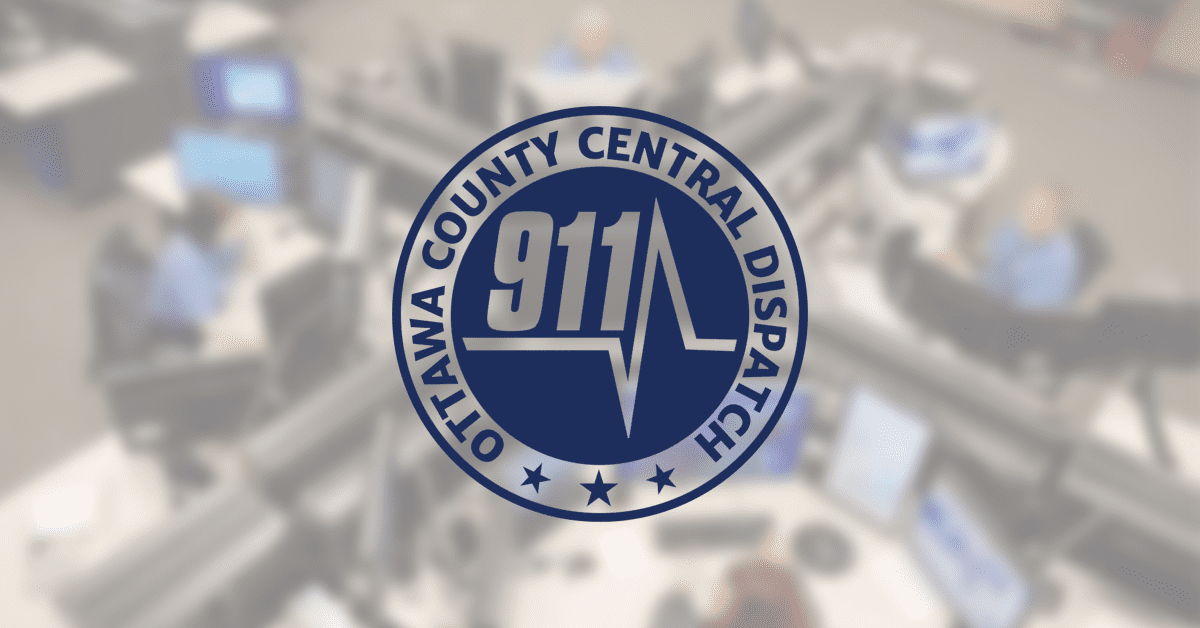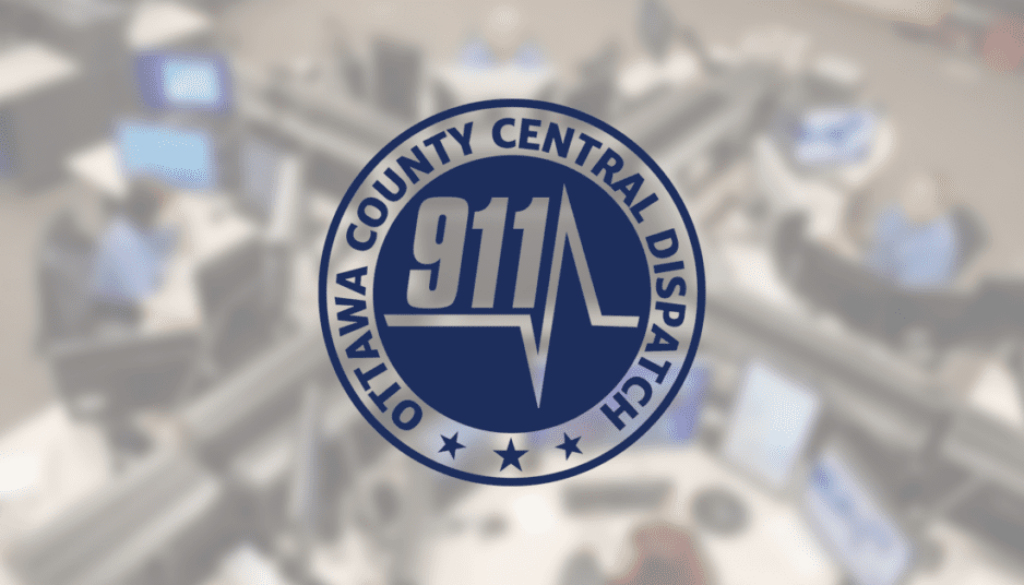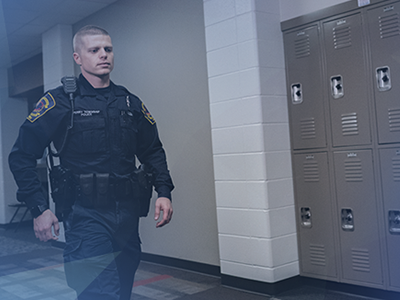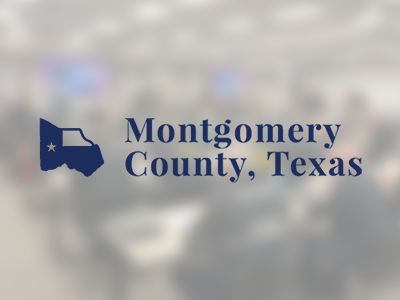Ottawa County, Michigan Uses Rave 911 Suite to Determine Emergency Caller Locations
Customer Success Story
Ottawa County, Michigan Uses Rave 911 Suite to Determine Emergency Caller Locations

Industry
Challenges Solved
9-1-1 Response, Incident Collaboration, Mass Notification, Safety & Protection
Customer Details
The Ottawa County EMA was put into place to minimize the effects of attack, technological and natural disasters upon the people within the County by preparing, implementing and exercising preparedness plans.
Solution
THE CHALLENGE
The ability to map locations is a key feature of our phones. We depend on it for a variety of services – calling an Uber, to catch local Pokémon in Pokémon Go, to get directions to a friend’s place using Google Maps. What you might not realize, however, is that there are limitations and challenges to GPS technology. The fast-paced technology advancements of the modern age have forced us to take location mapping for granted. People often assume when they dial 9-1-1 from a mobile phone, 9-1-1 dispatchers will have accurate emergency caller location data. Unfortunately, that’s not the case.
Mobile phones don’t provide a 9-1-1 caller’s exact location. Why? It’s complicated. The 9-1-1 system was designed in an era where only landlines were available, and these transmitted locations instantly over a hardwire connection. The dispatching systems have not been updated since this period in telecommunications. Upon dialing 9-1-1, the cellphone does not automatically send the emergency caller location data to the 911 dispatcher. Instead, the emergency dispatcher’s system transmits a digital request to the cellphone’s network provider. It can take seconds, even minutes for this information to be communicated. Often, the network provider won’t complete the request at all.
In an investigation conducted by USA Today, researchers found that the chance of 911 getting your location is somewhere between 10% and 95% depending on where in the country the call is coming from. This lack of, or inaccurate, location data can be easily resolved during a voice call. What happens when a caller is unable to speak or if a 9-1-1 call is dropped? In those situations, it is nearly impossible for emergency responders to find the caller.
Tim Smith, E-911 Director Ottawa County, Michigan has seen this limitation first hand.
The Solution
To meet this challenge, Tim employs the Rave 911 Suite. The product has multiple features designed to transmit emergency caller location information to local dispatchers. The first is the Smart911 profile, which allows residents to provide additional information to first responders, such as phone numbers, home and work addresses, family member information, photos, medical conditions, disabilities, and even pet information. When the 9-1-1 call is received, the Safety Profile appears on the screen and gives this information to the call taker. The whole exchange is private, and the information provided in the profile is only available to 9-1-1 for the duration of the call.
The other feature that helps during these situations is a two-way Chat component, which helps in the PSAP’s everyday emergency response operations. The text feature allows dispatchers to initiate 2-way text conversations with any mobile caller. If the emergency caller is non-verbal, disconnected, or has poor coverage, 9-1-1 centers can easily contact them to send help or verify accident details. In addition to helping locate residents, this service has been effective in dangerous situations where the caller is afraid to talk, such as a domestic violence incident or during a home invasion.
“With the help of Rave 911 suite we maximize our efficiency, significantly reduce the number of dropped 9-1-1 calls that go unresolved and ultimately saved more lives. It’s a fantastic service that revolutionized our emergency operations.”
TIM SMITH
DIRECTOR OF E-911
OTTAWA COUNTY, MICHIGAN
The Result
Over a six month period, Ottawa County initiated 3,270 Chat sessions with mobile 9-1-1 callers in an attempt to resolve as many of the 5,141 dropped 9-1-1 calls as possible. Among the 3,270 chat sessions, 680 of them were resolved – that’s 13% of all dropped 9-1-1 calls.
It’s important to for PSAPS to resolve dropped and accidental calls. When they do, it means an officer does not have to be dispatched. As a result, the reduction of unnecessary dispatches has resulted in substantial savings of as well as countless lives saved.
More From Rave Mobile Safety
Talk With An Expert
Discover our prepackaged solutions or configure a package that’s right for your community, company, K-12 schools and higher education system. Learn how you can be up and running in days, take advantage of unlimited emergency usage, and benefit from unbeatable performance and customer satisfaction.




